If your GFCI outlet is tripping intermittently, start by observing the tripping pattern and assessing the circuit load. Check for any visible issues like water or worn wires. If the problem persists, strategically test each appliance on the circuit, such as by moving them to different GFCI circuits to isolate the issue. In many cases, the culprit could be an aging appliance with a current leak, often requiring repair or replacement to resolve the GFCI tripping
Hi all, John here from Trustworthy Home Advice. I thought I’d share a recently intriguing issue in my home – a GFCI outlet in the garage that kept tripping intermittently, impacting several appliances in my basement. This journey of troubleshooting took me from the garage, where the GFCI outlet was located, down to the basement, where my extra freezer and refrigerator were connected. Let me share with you how I tackled this relatively challenging problem.
The Initial Problem:
The issue started with a GFCI outlet in my garage, which was part of a circuit extending to my basement. This circuit was important as it was powering my basement’s extra freezer, overflow refrigerator, and it is also connected to our garage door openers. The intermittent nature of the tripping, resetting and working fine for a few days, added complexity to diagnosing the issue. Because the freezer and refrigerator were full, I couldn’t just unplug one item at a time as you would normally do if a circuit breaker was tripped due to a short. There also was no obvious issue with water, worn wires or anything visible for that matter.
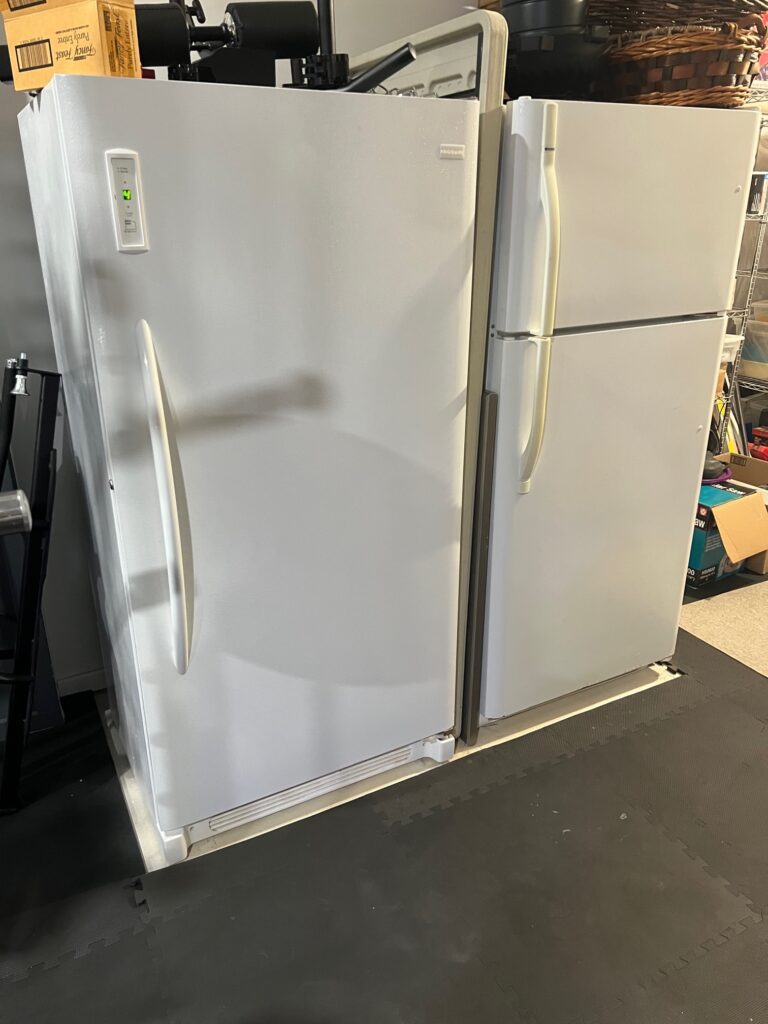
First Steps in Troubleshooting:
Although our home is only 5 years old and GFCI’s normally have a life span much longer than that, they can go bad. Believing the garage GFCI outlet itself could be the issue, I replaced it. However, the tripping continued, indicating that the problem lay elsewhere in the circuit.

Deepening the Troubleshooting Process:
- Observing the Tripping Pattern: The irregular but consistent tripping suggested a persistent underlying issue. Even though the circuit reset and everything on the circuit, including the freezer and refrigerator seemed to be operating normally, something was tripping the GFCI.
- Assessing the Circuit Load: The circuit was powering multiple devices and appliances across different locations in the house, although the freezer and refrigerator were the most important. There was no moisture or water present, and there were no visible signs of wear on the appliances. From the picture above of the refrigerator and freezer, although they are both 15+ years old, they are visually in great shape.
- Strategic Testing: With both the freezer and refrigerator needing continuous power, I couldn’t simply unplug one for a long period, and I also didn’t want to plug one into a non-GFCI circuit for safety reasons. After unplugging everything else on the circuit and ruling out other potential sources, I concluded it had to be either the freezer or refrigerator. So, with an extension cord, I moved the refrigerator to another GFCI circuit in the basement (luckily I had a 2nd GFCI circuit nearby), leaving the freezer on the original circuit.
- After about a day, the circuit still tripped, but the 2nd circuit I moved the refrigerator to did not. So at this point, it sure seemed like the freezer was the problem
Definitively Identifying the Culprit:
I then switched the freezer and refrigerator circuits, now putting the freezer on the 2nd circuit and moving the refrigerator back to the original circuit. The moment of revelation came when, about 36 hours after relocating the freezer to the 2nd GFCI circuit, that circuit tripped, while the original circuit in the garage stopped tripping. I left this configuration in place for a few days and the patten continued, this definitively pointed to the freezer as the source of the problem.
Further Examination of the Freezer:
- Age of the Freezer: The freezer was over 15 years old, which made me consider the condition of its internal components.
- Potential Technical Issues: The possible issues could include insulation breakdown, moisture ingress, or failing electrical components like the compressor or thermostat.
The problem is most likely a current leak somewhere in withing the freezer system. When a freezer develops a current leak, it typically indicates a breakdown in its electrical insulation or a problem in one of its components, such as the compressor or thermostat. Over time, wear and tear or moisture intrusion can cause minor pathways for electricity to escape, not through the usual circuit, but instead leaking towards the ground. This leakage, even if minimal, can be enough to disrupt the delicate balance monitored by a GFCI outlet. The GFCI detects these irregularities in the flow of current, recognizing them as potential electrical shock hazards, and responds by tripping to prevent any further risk. In older freezers, such as in my case, this leakage is often a sign of aging and deteriorating internal components, necessitating repair or replacement to ensure continued safety and efficiency.
Decision to Replace the Freezer:
Given the freezer’s age and the associated electrical safety risks, I decided to replace it. This not only resolved the GFCI tripping issue but also improved the safety and efficiency of my home’s electrical system, not to mention the safety of the frozen food we have stored downstairs.
I decided to go with the Media 17 cu ft freezer .from Lowes for $699. Delivery was $29 and haul away for the old freezer was $50. (This is not an affiliate link, just showing you what I opter for) It’s also Energy Star Rated.
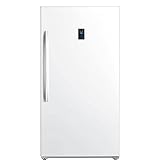
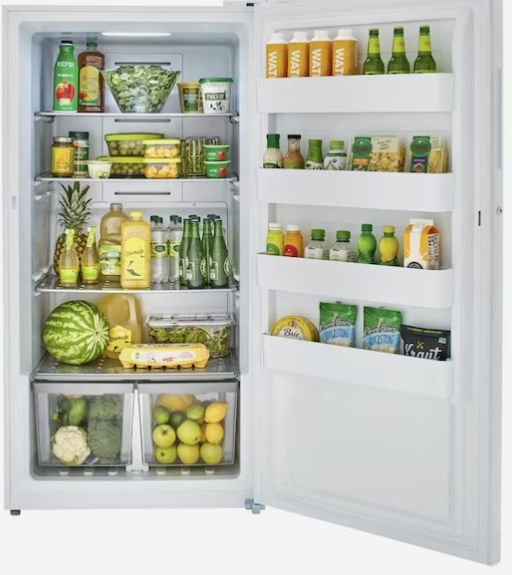
Reflecting on GFCI Outlet Importance:
This experience highlighted the critical role of GFCI outlets in home safety, particularly in circuits that span different areas of a home, like from my garage to the basement. For more insights into GFCI outlets, especially in older homes, I recommend reading our article on GFCI Outlet Requirements in Older Homes.
Addressing intermittent GFCI tripping can be a complex task, but with a systematic approach, it’s possible to identify and fix the issue. In my case, it was an aging freezer in the basement – a reminder of the importance of regular appliance checks and maintenance.
Final Thoughts:
When dealing with electrical issues, safety should always be your top priority. If you’re unsure, don’t hesitate to seek professional help. Keep following TrustworthyHomeAdvice.com for more home improvement stories and Essential Homeowner tips.
Would love to hear about any challenging troubleshooting issues you may have had to deal with, so please share below. Or, if you have any questions, feel free to leave a question in comment section or email me direcely.
Happy New Year!
John K

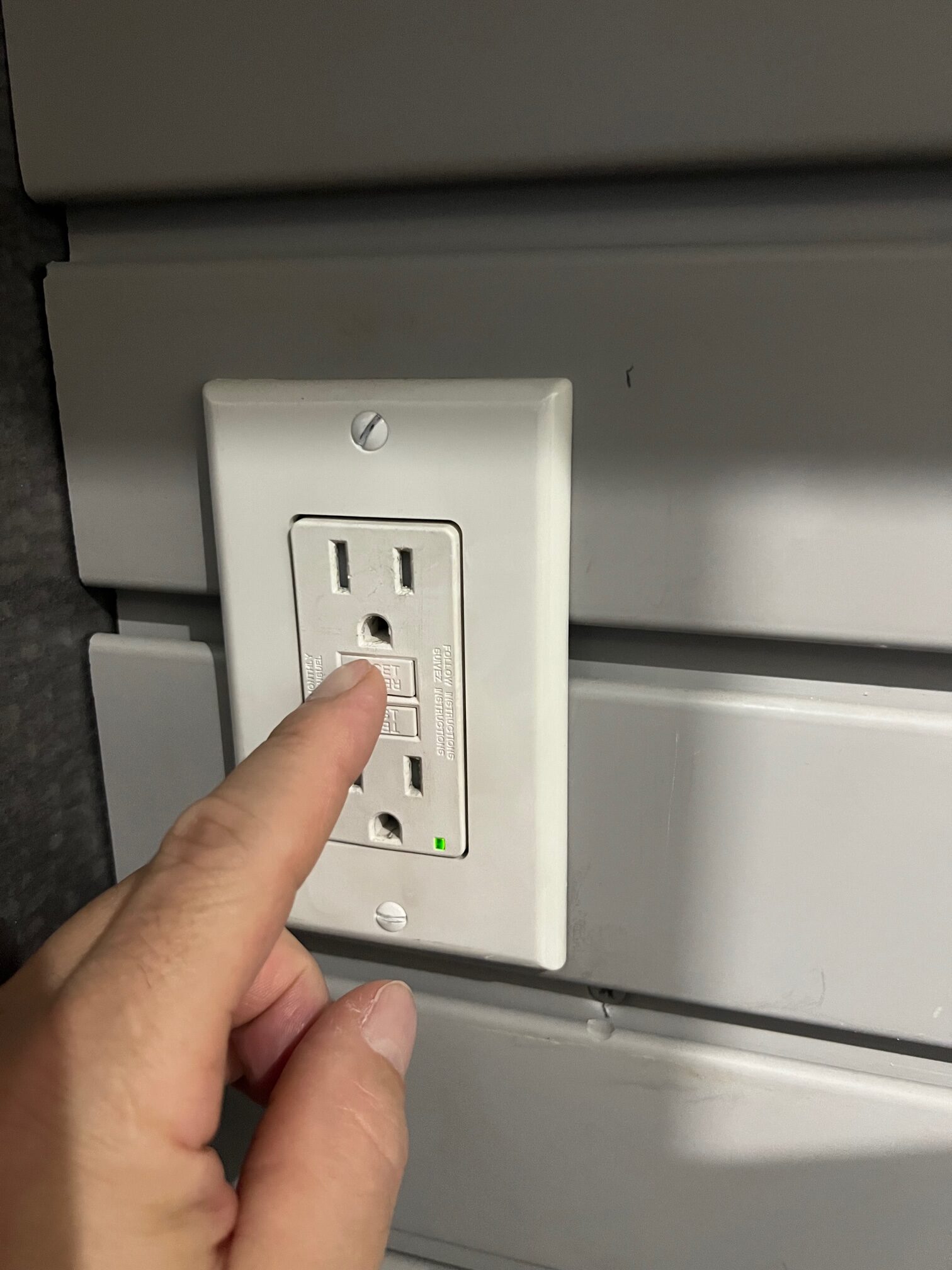


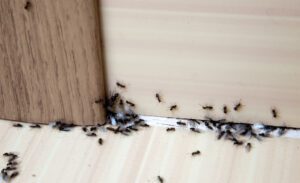
John,
Thank you for the great information. Honestly just went through a similar situation and it took my husband and I a while to figure out what the problem was in the end. I think if we had had your information prior we would have drawn the conclusion that it was our chest freezer much sooner.
Always enjoy reading your helpful and information topics.
Happy new year to you and all!
Kathie
Thanks Kathie, glad the info is helpful – hope all is well. FYI, we’re still working on Alyssa’s reno, and we will be posting, but we have a ton of video to edit – but we’re getting close. Hope you will take a look when we’re done!